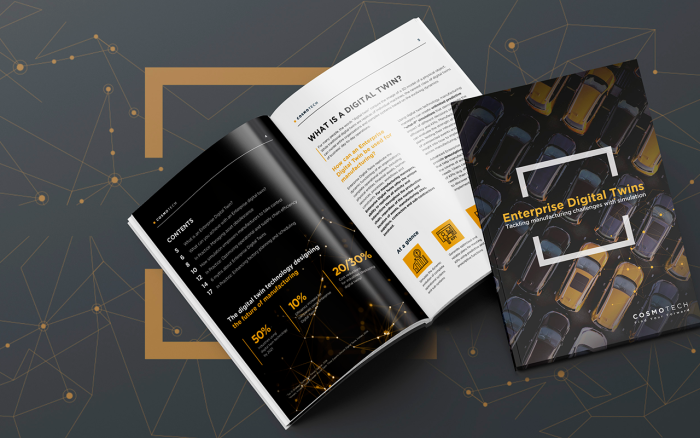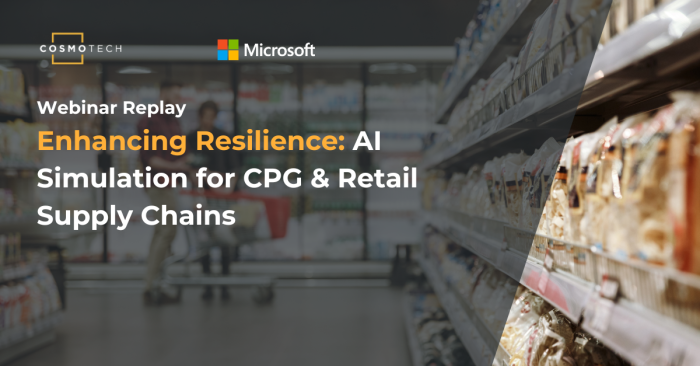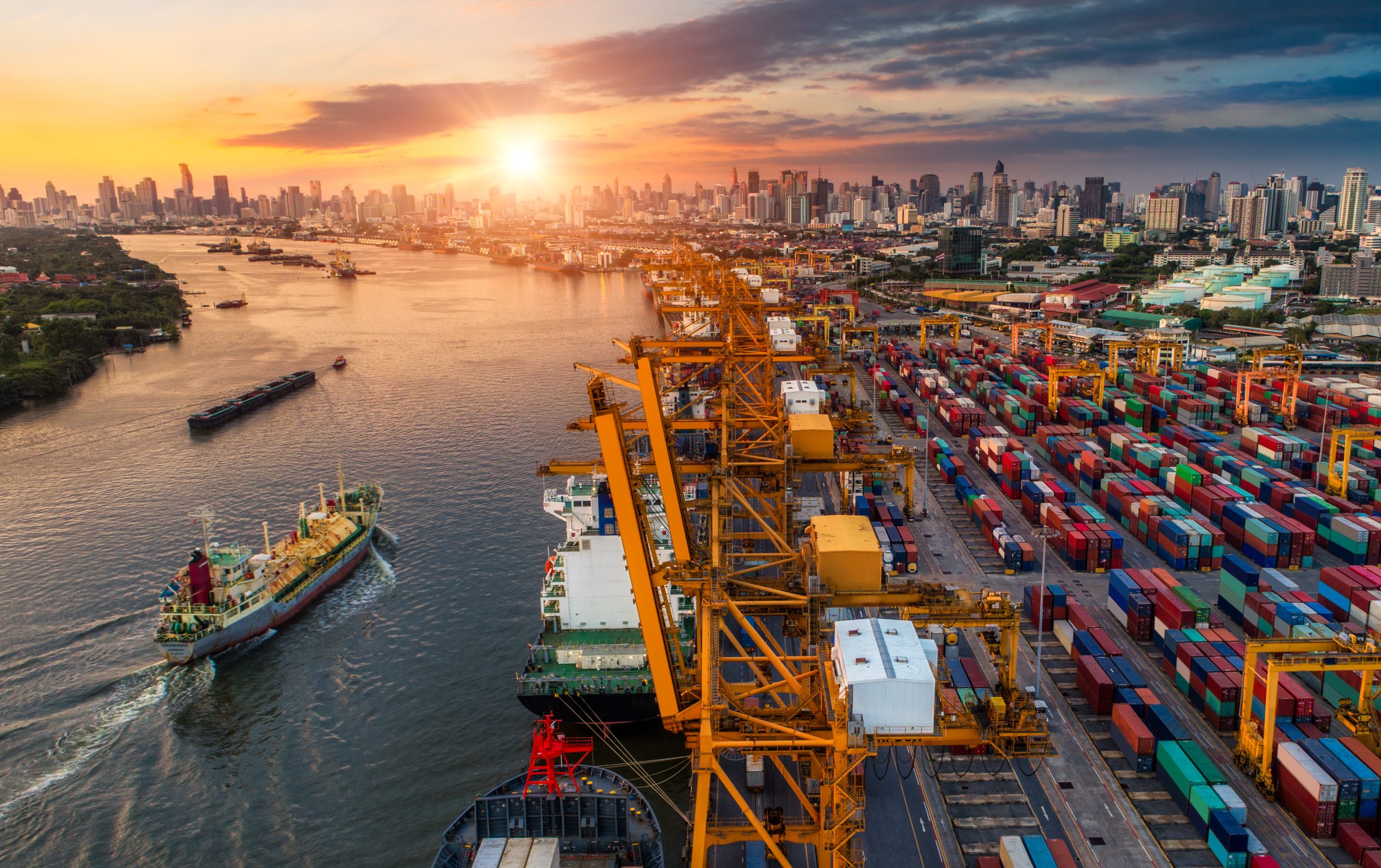From Technology Trends to Digital Supply Chain Twins
As well as identifying the technology trends that are emerging in the supply chain space, the Gartner analysts also identified other technologies that they deemed ‘evolved’. Alongside ecosystem enablement and sustainability, the analysts identified the Digital Supply Chain Twin (DSCT).
The DSCT has been cited by Gartner for the last four years as a top trend. Now, though, the DSCT is “recognized as foundational technology for advancing to higher maturity and leveraged not only by highly mature organizations, but also across organizations of any size and industry”.
Companies like Cosmo Tech have demonstrated how DSCTs can be leveraged by supply chain leaders to optimize operations and improve productivity and efficiency.
Whether is it improving production planning to lift operational efficiency by 10%, optimizing a strategic sourcing strategy to increase profit margins by 5%, or improving production planning and scheduling so that production throughputs go up while stock levels and cycle times go down, the impact of Cosmo Tech’s AI Simulation DSCTs is significant and clear.




